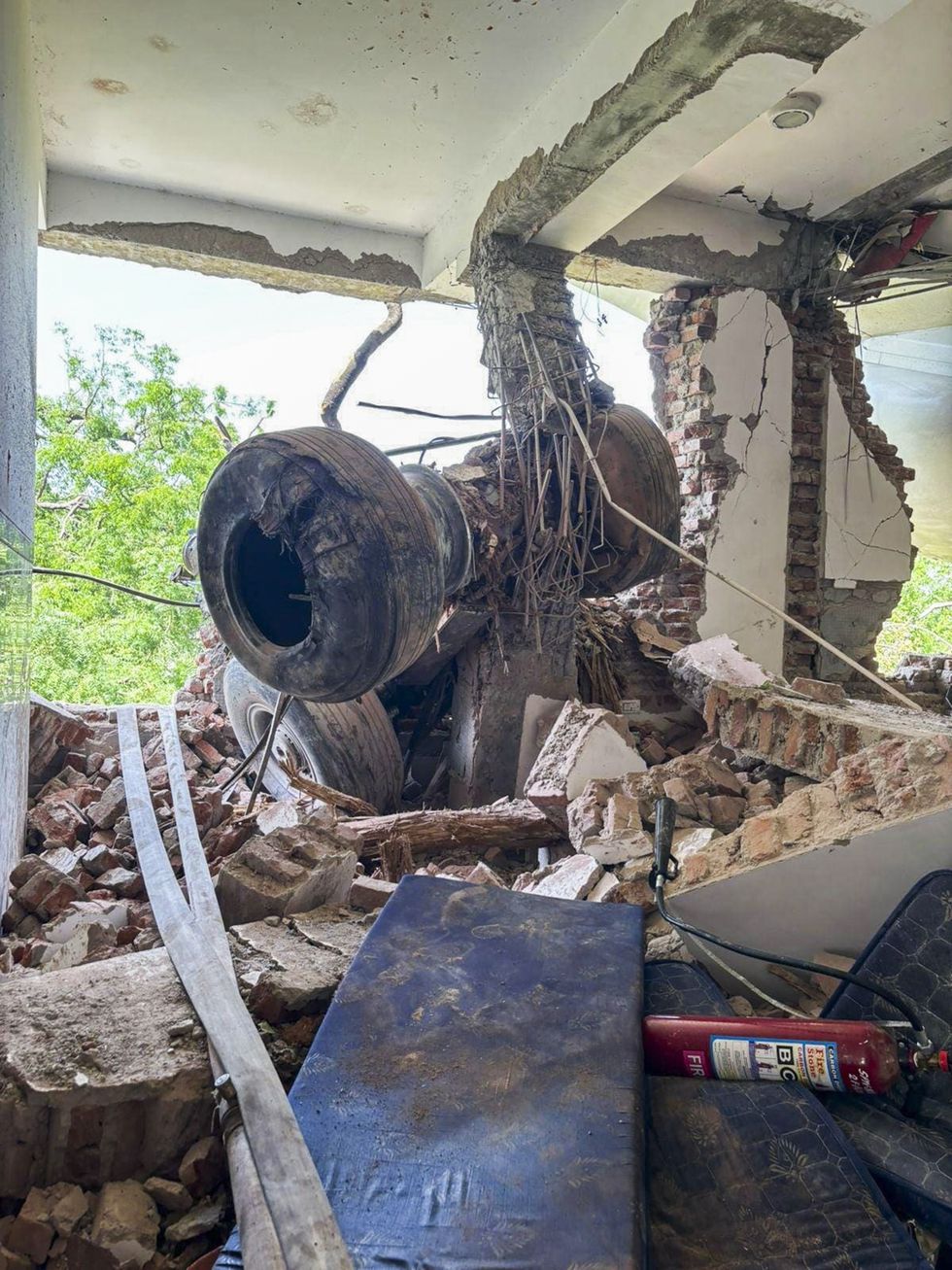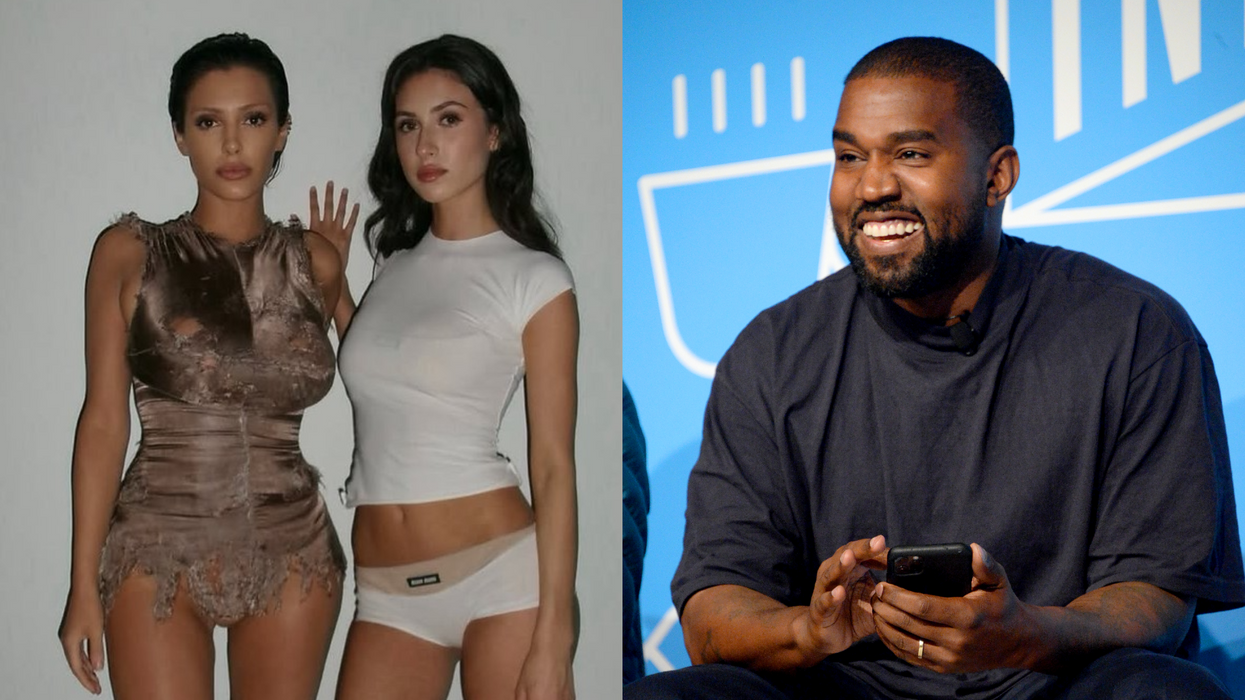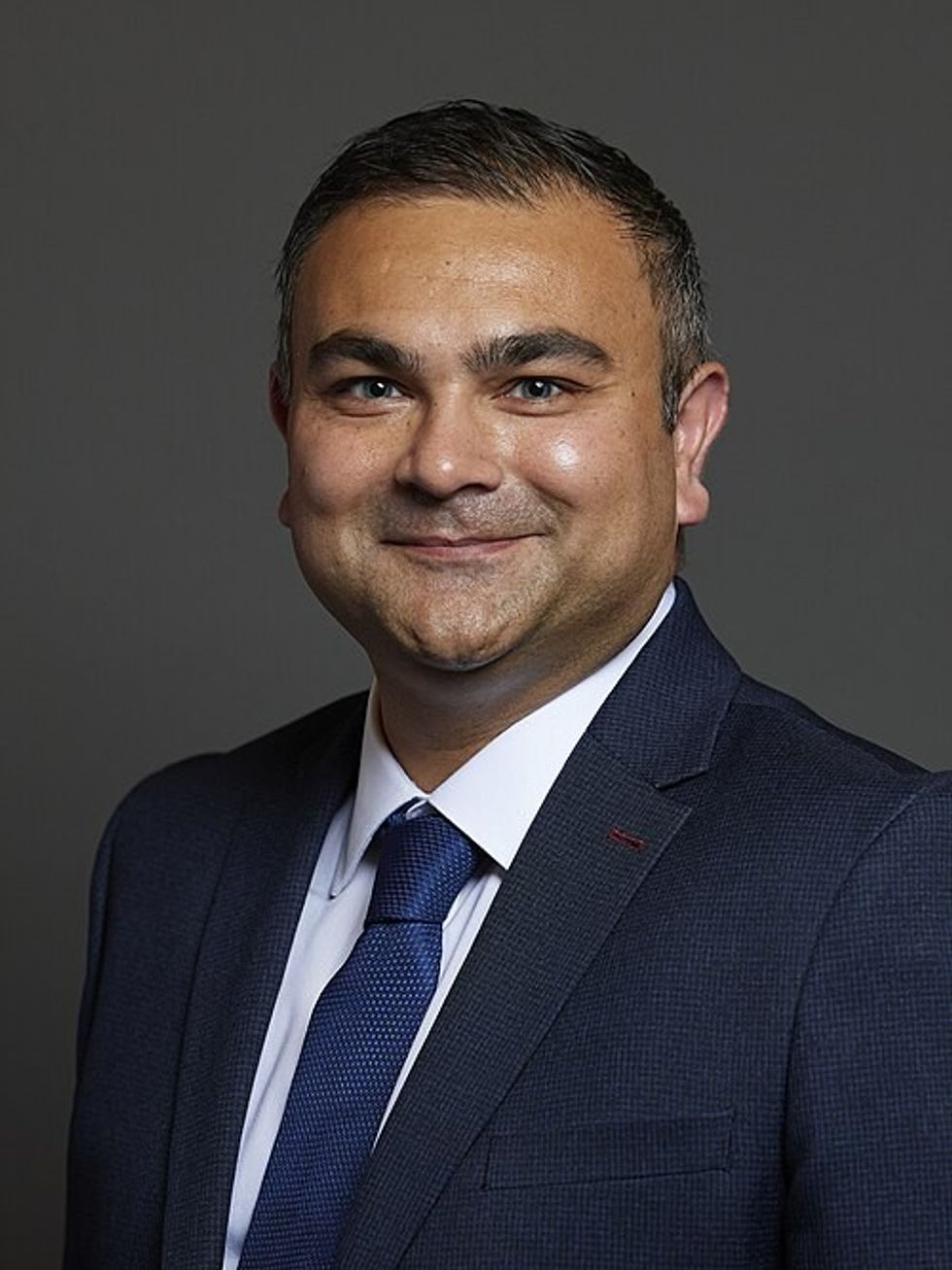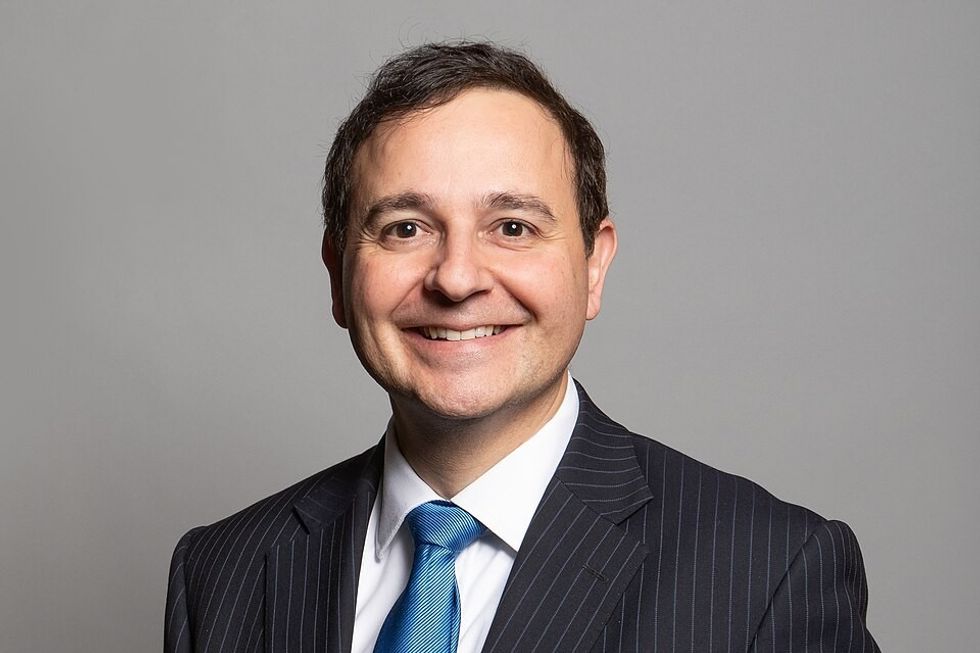INDIAN and US negotiators reported progress after four days of closed-door meetings in New Delhi on Tuesday, focusing on market access for industrial and some agricultural goods, tariff cuts and non-tariff barriers, according to Indian government sources.
"The negotiations held with the US side were productive and helped in making progress towards crafting a mutually beneficial and balanced agreement including through achievement of early wins," one of the sources said to Reuters.
The US delegation, led by senior officials from the Office of the US Trade Representative, met Indian trade ministry officials headed by chief negotiator Rajesh Agrawal.
Both sides also considered ways to expand bilateral digital trade through improved customs and trade-facilitation measures, the sources added, noting that “negotiations will continue” with an eye on a quick conclusion of the initial tranche.
Interim pact expected soon
president Donald Trump and prime minister Narendra Modi agreed in February to finalise a bilateral trade agreement by autumn 2025 and to more than double two-way trade to $500 billion by 2030. Officials now expect to seal an interim deal by the end of this month, before Trump’s 90-day pause on reciprocal tariffs expires, including a possible 26 per cent levy on Indian goods.
Commerce minister Piyush Goyal, who is in Switzerland for talks with European counterparts, said India is ready to settle “simpler issues” first. Subsequent rounds could handle more complex matters, with the goal of signing the first tranche by September or October, the officials said.
India turned down US requests for wider access to wheat, dairy and corn while offering lower tariffs on US almonds, pistachios and walnuts. New Delhi also asked Washington to remove its 10 per cent baseline tariff, a step the US side opposed, pointing out that Britain accepted the same duty in its recent deal. India further sought relief from a 50 per cent duty on steel exports.
A 26 per cent tariff on Indian rice, shrimp, textiles and footwear—about one-fifth of India’s merchandise exports—could dent shipments and weigh on foreign investment, the sources warned. India has pledged to increase purchases of American liquefied natural gas, crude oil, coal and defence equipment.
India’s exports to the US climbed 28 per cent to $37.7 billion in the first four months of 2025, while imports rose to $14.4 billion, widening India’s surplus, US data showed.
US voices backing on terrorism fight
Separately, the State Department said the US “reaffirmed its strong support” for India’s fight against terrorism during last week’s visit to Washington by an Indian all-party parliamentary delegation led by Congress MP Shashi Tharoor.
Deputy secretary of state Christopher Landau met the group as part of New Delhi’s outreach following Operation Sindoor, launched after the 22 April Pahalgam attack that killed 26 people.
State Department spokesperson Tammy Bruce told reporters that a Pakistani parliamentary team headed by Bilawal Bhutto Zardari also met officials, including under secretary for political affairs Allison Hooker. “So that meeting occurred,” Bruce said.
Hooker reiterated US support for the current “– as you might imagine, thank God – between India and Pakistan,” Bruce added, referring to the cessation of on-ground hostilities.
Asked about possible Pakistani assurances on action against militants, Bruce declined to share details. On whether Trump might “mediate” on Kashmir, she said: “Well, I – obviously, I can't speak to what's on the mind or the plans of the President. What I do know is that I think we all recognise that President Trump in each step that he takes, it's made to solve generational differences between countries, generational war."
“So, while I can't speak to his plans, the world knows his nature, and I can't speak to any details of what he might have in that regard… But it is an exciting time that if we can get to a point in that particular conflict..,” Bruce said, adding that it is a “very interesting time.”
India has maintained that Jammu and Kashmir and Ladakh are an “integral” part of the country and has rejected any outside mediation.
(With inputs from agencies)






 Damage at a building after an Air India plane crashed moments after taking off from the airport, in Ahmedabad. (PTI Photo)
Damage at a building after an Air India plane crashed moments after taking off from the airport, in Ahmedabad. (PTI Photo) 









 In this combo of images, a London-bound Air India plane crashes moments after taking off from the Ahmedabad airport, Thursday, June 12, 2025. (PTI Photo)
In this combo of images, a London-bound Air India plane crashes moments after taking off from the Ahmedabad airport, Thursday, June 12, 2025. (PTI Photo)
 Peter Bedford
Peter Bedford Alberto Costa
Alberto Costa 
 Nigel Farage and Zia Yusuf
Nigel Farage and Zia Yusuf
